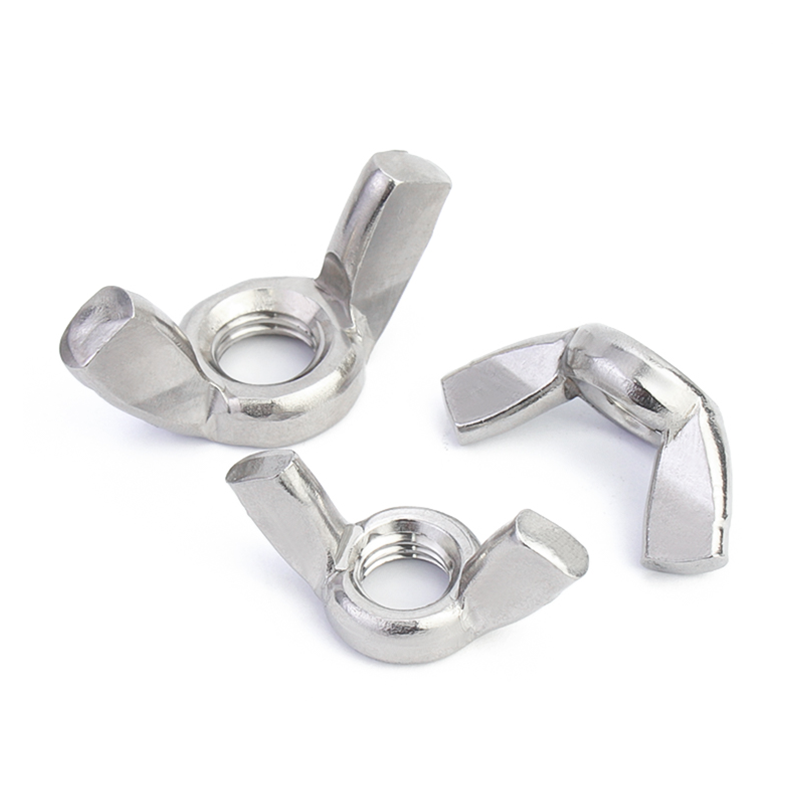

Selecting Appropriate Self-Tapping Screws for Efficient Gutter Installation and Maintenance
Nov . 06, 2024 02:19 Back to list
Selecting Appropriate Self-Tapping Screws for Efficient Gutter Installation and Maintenance
Choosing the Right Self-Tapping Screws for Effective Gutter Installation
When it comes to installing or repairing gutters, selecting the right materials is crucial for long-lasting and effective performance. Among these materials, self-tapping screws play a significant role in securing gutter components firmly in place. Understanding the various types, materials, and sizes of self-tapping screws can lead to a more durable and functional gutter system.
What are Self-Tapping Screws?
Self-tapping screws are fasteners designed to create their own holes as they are driven into materials, such as metal or wood. This feature eliminates the need for pre-drilling, which can save time and labor. They are often used when dealing with thinner materials and are especially valuable in applications where tight or secure fastening is mandatory.
Types of Self-Tapping Screws
There are several types of self-tapping screws available, and each is suited for specific applications. Here are a few types particularly relevant to gutter installations
1. Metal Self-Tapping Screws These screws are specifically designed for metal-to-metal fastening. They boast sharp threads and a fine point that can penetrate metal surfaces easily without pre-drilling. Opting for these screws in metallic gutters ensures secure attachments that withstand the weight and stress of rainwater.
2. Wood Self-Tapping Screws If your gutters are supported by wooden structures, using wood self-tapping screws can be beneficial. These screws typically have a different thread design that allows for greater grip in wooden materials, providing a secure fastening that can hold up against environmental changes.
3. Plastic Self-Tapping Screws In some cases, plastic gutters might be used, and specialized plastic self-tapping screws can secure these components without risk of corrosion. They offer durability and are particularly ideal in areas prone to rust, such as locations with heavy rainfall.
Materials Matter
The material of self-tapping screws directly impacts their durability and performance. Common materials include
- Stainless Steel These screws are resistant to rust and corrosion, making them excellent for outdoor applications, particularly in damp climates
. If your gutters will be subjected to harsh weather, stainless steel self-tapping screws are advisable.- Galvanized Steel Coated with a layer of zinc, galvanized screws are more affordable than stainless steel and provide decent protection against rust. However, they may not last as long as their stainless counterparts in extreme conditions.
choosing the right self-tapping screws for effective gutter

- Brass or Copper For a more aesthetic choice, brass or copper screws can be used, particularly in decorative or high-end gutter systems. However, they may not be as structurally strong as steel options.
Size and Length
When choosing self-tapping screws for gutter applications, size and length are crucial factors. Typically, screws ranging from 1 to 2 inches are recommended for gutters, but the exact length will depend on the thickness of the materials being attached.
- Diameter The diameter of the screw should be suitable for the hole and the materials being fastened. A screw that is too thin may not hold securely, while one that is too thick can cause damage to the gutter.
- Length The screw length should extend through the gutter and into the underlying support material firmly. This enhances the structural integrity of the entire gutter system, ensuring that it holds up against environmental forces.
Installation Tips
To achieve optimal results when installing gutters with self-tapping screws, consider these tips
- Ensure Proper Alignment Make sure gutters are properly aligned before fastening, as improper placement can lead to leaks and water damage.
- Use the Right Tools A power drill or a fastening tool designed for self-tapping screws will make the installation process easier and more efficient.
- Regular Maintenance Periodically check the screws to ensure they remain tight and replace any that show signs of corrosion or wear.
Conclusion
Choosing the right self-tapping screws is vital for ensuring an effective gutter installation that will withstand the test of time and weather. By considering the type, material, size, and ensuring proper installation, you can significantly enhance the functionality and durability of your gutter system. Whether you're a DIY enthusiast or a professional contractor, understanding these factors will help you make informed decisions that result in a well-performing gutter that effectively redirects rainwater and protects your home.
Latest news
-
High-Strength Hot-Dip Galvanized Bolts-Hebei Longze|Corrosion Resistance&High Strength
NewsJul.30,2025
-
Hot Dip Galvanized Bolts-Hebei Longze|Corrosion Resistance&High Strength
NewsJul.30,2025
-
Hot Dip Galvanized Bolts - Hebei Longze | Corrosion Resistance, High Strength
NewsJul.30,2025
-
High-Strength Hot Dip Galvanized Bolts-Hebei Longze|Corrosion Resistance, Grade 8.8
NewsJul.30,2025
-
Hot Dip Galvanized Bolts-Hebei Longze|Corrosion Resistance,High Strength
NewsJul.29,2025
-
High-Strength Hot Dip Galvanized Bolts - Hebei Longze Metal Products Manufacturing Co., Ltd.|corrosion resistance&high strength
NewsJul.29,2025

